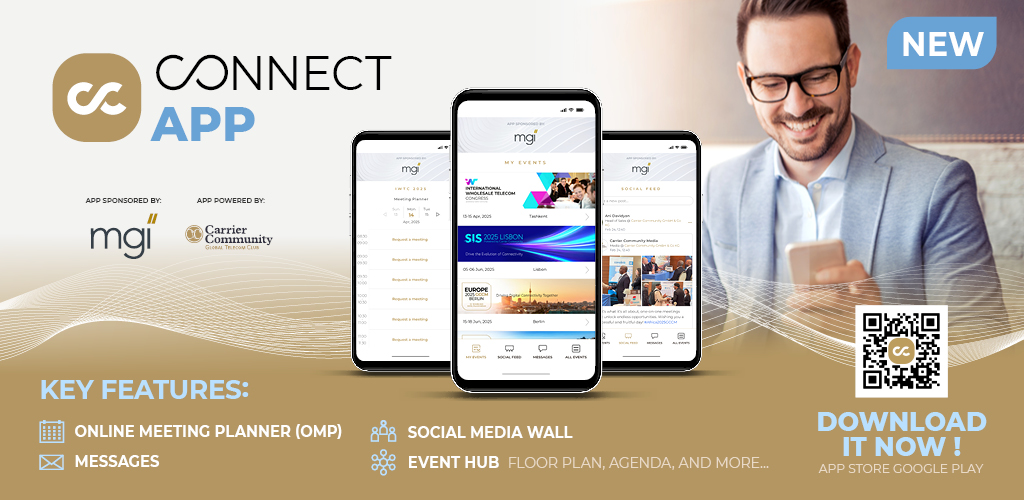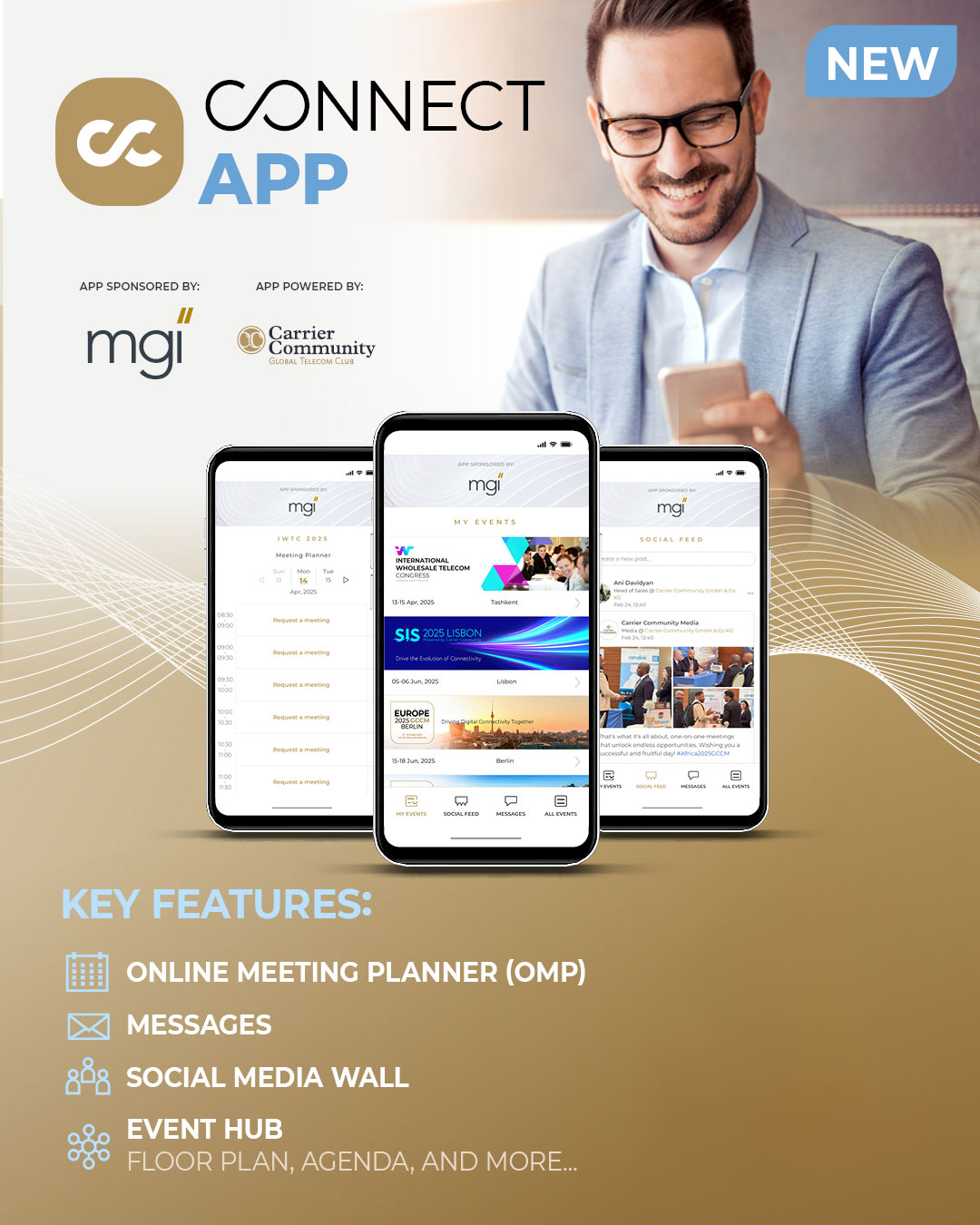Right now, there is no escaping Rich Communication Services (RCS). From seemingly nowhere it has become one of the biggest topics consuming the mobile industry. All RCS sessions in Barcelona at MWC2018 were the most oversubscribed the GSMA have ever experienced, and it dominated debate and conversation at the inaugural – and excellent – SMS Messaging Summit in Frankfurt in April.
Of course, RCS hasn’t come from “seemingly” nowhere, it has been around in various guises for over a decade, but unable to appeal to the widespread mobile operator community in search of a response to the OTT messaging (and voice) apps that have gripped consumers and dramatically impacted peer-to-peer traffic and revenues.
The injection of Google has sparked new life into the channel and provided fresh impetus to identify a commercial model. While the various pricing models continue to be discussed and explored by the RCS community, the commercial realisation of RCS is dawning.
Mobilesquared is the best-placed analyst house to project the impact of RCS. Not only have we been covering the A2P messaging space for clients for a decade, we are the only analyst house to have been present at the majority of SMS and RCS events over the last 5 years, and have developed close relationships with the majority of players in the messaging ecosystem. In addition, our work for clients exploring the world of customer engagement has provided us with a clear understanding of how this can be applied to a commercial model for RCS.
So we have split our RCS forecasts in to A2P RCS and P2A RCS.
We define A2P RCS as an SMS-plusWhatsApp-like experience (or in industry terms, encompassing RCS specifications of Crane, BlackBird and Universal Profile 1.0). Industry has described RCS as SMS 2.0, but we believe this should be limited to A2P RCS. This will be based on a push model with interaction being driven by the brands reaching out to their opted-in mobile database to encourage them to activate a session (i.e. per event + session).
In terms of revenue generation, A2P RCS will be limited. By 2022, Mobilesquared forecasts the market will be worth just under $10 billion*. That is based on per-event and session-based pricing models, and excludes the two other pricing models being explored by the GSMA (access and revenue share). To provide a degree of context, we believe the A2P SMS market will be worth $26.6 billion by 2022.
Where the real fun begins is with the introduction of Universal Profile 2.0 and all later specifications. This introduces the notion of the carousel into RCS, and transforms a messaging-based experience into an app-like experience. P2A RCS is when the channel will come alive with interaction and engagement.
The impact of P2A RCS will have an exponential impact on total RCS revenues. Mobilesquared will reveal these at the CEE event in Berlin. At this point, as a term, “SMS 2.0” becomes somewhat underwhelming. App 2.0 perhaps? Or maybe it is deserving of a new term altogether.
Either way, this will be transformational for brands. And is where we believe the REAL revenues will be generated. When consumers go to their RCS client on their device to activate an interaction with their chosen brands.
The good news from an A2P SMS perspective is that over our forecast period up to 2022, the impact of RCS on revenues will be very limited, with a worse-case scenario of around 11% of revenues migrating over to RCS.
We’ve seen continued growth in companies utilising the power of SMS as an effective channel to communicate with customers, but they have been demanding a richer channel. RCS could be exactly what brands are looking for.
*RCS forecasts subject to change until Mobilesquared publishes its Global A2P RCS Databook, June 2018.



